Introduction
EK CoolStream SE 360mm Radiator Review
The intention of this write up is to provide information and performance data about the EK CoolStream SE 360mm Radiator. We will be including the test results in the Extreme Rigs Rad Round Up 2015, however in this review rather than comparing the SE to all the rads we made a decision to start a Round-Up just for the Slim 360mm rads. Expect our Slims Round-Up to be published in the coming weeks.
I’ll be keeping the review section short and factual, focusing on presenting the performance data compiled through the numerous tests carried out. Firstly a big thanks to EK for providing the review sample of the SE 360mm!
We received the review sample of the SE 360 from EK prior to release and at the time of publishing we were told it is due to launch this week and is expected to have a MSRP of $66. We’ll update here once it launches.
What’s in the Box?
The SE 360 sample arrived in full retail packaging – which sports EK’s recently revised package design for their radiators.
The EK retail packaging is very distinctive and their radiator range has always been color coded with the lime green. The new packaging continues the theme with band of radiator fins under the EK logo adding a nice detail.
On the back we find some specs under the Tech data along with the package contents.
Additionally we find some marketing propaganda (multi-language) advising us that for best performance to use EK’s Vardar fans. As all testing to date is carried out with GT AP-15 fans, we need to continue using them for accurate comparisons.
Check out our EK Vardar F3 review where we put the Vardar and Gentle Typhoon head to head against one another.
EK continue to state that no there is no need for flushing prior to use. I advise against this and believe that you should always flush your rads prior to installing in your system.
The SE 360 has a sturdy protective cardboard box inside the retail sleeve.
Inside the rad had a bubble wrap sleeve which I always like to see.
The accessory bags were placed at one end with a cardboard divider between the bags and the rads, simple yet effective.
Extent of delivery as per the packaging
Enclosed:
EK CoolStream SE 360 radiator
12 x 6-32 UNC x 30mm screws for mounting 25mm thick fans.
12 x 6-32 UNC x 5mm screws for attaching to chassis panel.
Also included were 2 allen keys…
• 1 x 2.5mm allen key for the 6-32 screws.
• 1 x 9mm allen key is for nipping up the primary ports if they unscrew when removing fittings.
Both screw lengths are black, hex-key, button head screws. As good as it gets in my opinion.
As with the screws provided with the XE (which we reviewed last month) the short screws measured in at 6.5mm, just slightly longer than the 5mm as listed by EK.
The 9mm allen key is for nipping up the removablel G-1/4 ports which sometimes loosen off when removing fittings. An advantage of having removable ports is that the SE can be total disassembled, making for easier custom paint jobs on the SE panels.
Onwards to technical specifications!
Technical Specifications
Technical Data – as listed on the SE packaging:
• 400mm x 120mm x 26mm (L x W x H)
• Weight: 740g (1.61 lbs.)
• For 3 x 120mm fans
Technical Data – as listed on the EK website:
To be updated after the SE is released and EK have listed their info.
Tech Drawing of the SE 360:
Dimensions Measured on the Radiator Tested:
The (+5) is the measurement that the primary ports sit up proud of the casing. At the port end I got a thickness measurement of 26.5mm while at the return end I measured 27mm – so the largest measurement seems most appropriate to list here, while being 1mm thicker than the specs on the packaging. Down the length of the casing the thickness is different again – measuring at ~25mm. This may seem like nit-picking, but when the SE’s main appeal is its’ size, I feel it is important to get the facts straight.
The other unusual spec is that the width is exactly 120mm. Most radiators are slightly larger than the fans, and in some cases significantly so. This is a radiator designed with maximum case compatibility in mind.
Radiator Core Dimensions:
The core is made up of a single row of 12 tubes arranged in a standard U-Flow configuration. The fin arrangement is made of single non-louvered fins with a 21 FPI count. The high fin count shouldn’t be an issue for air-flow as the core is super thin at just ~16mm – the thinnest core we have seen to date.
This picture is a reference which shows a typical U-Flow coolant flow path, where the coolant travels up all the tubes on one side (left in pic) of the rad and then returns down the other side. U-Flow is most easily recognized when the port end has 2 separate tanks, unlike the SE which has a boxed cover.
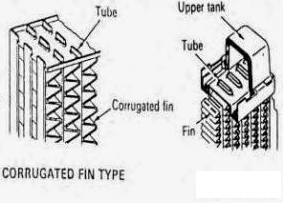 The single non-louvered fins are spaced quite unevenly between the tubes, but with such a high fin count this is to be expected. In the following pic we can see fin counts of 21 and 22, with the majority of the measurements taken being 21 FPI.
The single non-louvered fins are spaced quite unevenly between the tubes, but with such a high fin count this is to be expected. In the following pic we can see fin counts of 21 and 22, with the majority of the measurements taken being 21 FPI.
Finish and Features
The SE has a satin black finish which has a slight texture to it. I’ve always preferred a matte black finish but the SE finish is excellent and looks great.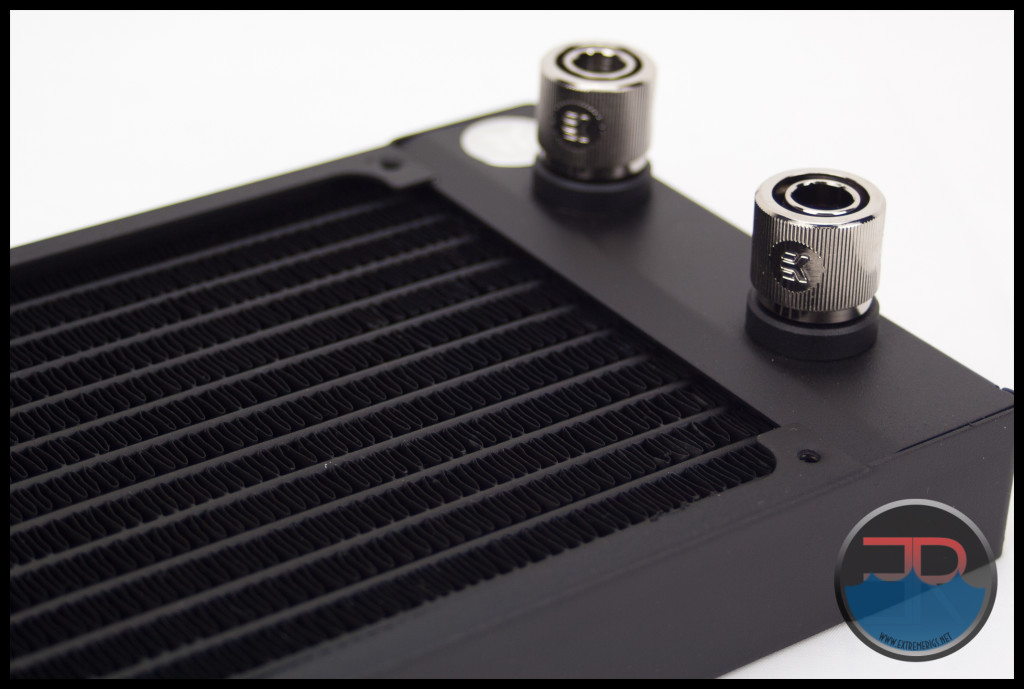
All visible joints look decent and the panels fit together well with minimal gaps. The side panels do feel just a bit flimsy and a thicker material might have been a better option here. It’s a minor issue I know, but it somehow detracts a bit from the overall feel of the unit.
At the non-port end is the seemingly mandatory branding we find on more and more of our gear. At least it’s in an inconspicuous spot and tastefully done.
The fan mount spacing is the standard 15mm.
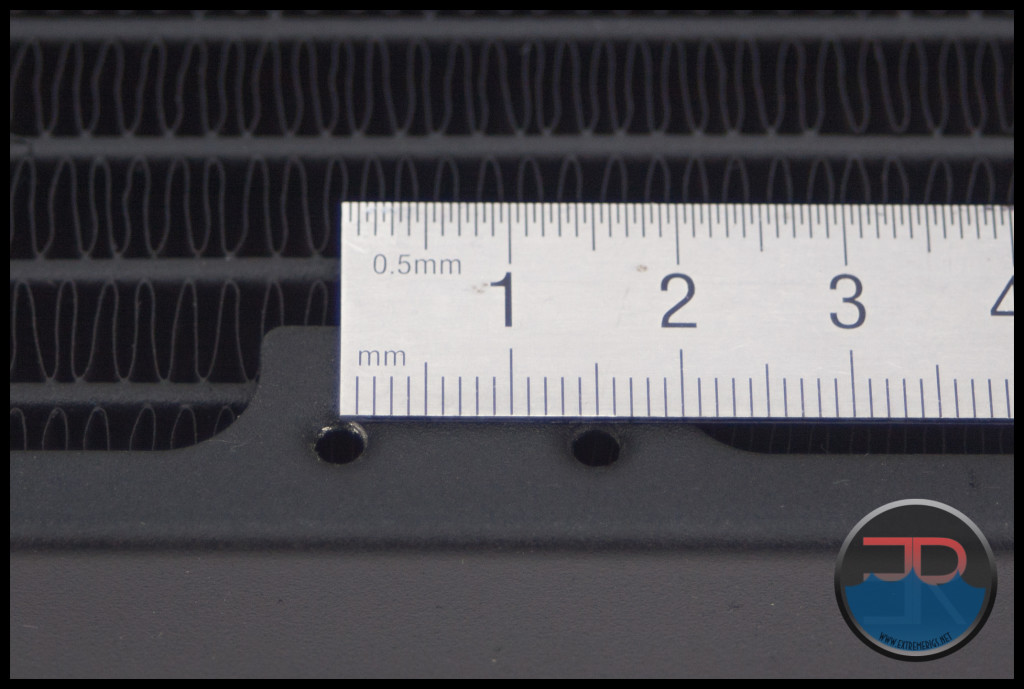
None of these mounting holes are located directly above tubes, so EK have chosen not to have protection plates fitted on the SE. Even so, care must be taken if you need to use custom length screws due to your mounting needs.
The SE 360 comes equipped with just 2 ports in total, 1 inlet and 1 outlet. It appears then that the SE is a slimmer version of the PE, which also has just the 2 ports, while the thicker XE model has 4 ports in total.
Extra ports offer potential for dedicated fill or drain ports depending on the installation orientation, so it’s a shame that EK chose not to include them on the SE.
Unfortunately there is no dedicated fill/bleeder port on the return end either.
While I did not disassemble the SE it can be easily dis-assembled allowing for custom painting of the panels. You can get a good indication of what to expect from the SE after dis-assembly by checking out the XE 360mm model in pieces – of course the SE parts will be narrower.
So what do we have….
A super slim rad with a high FPI count that is really not offering us much in the way of installation/user friendly features. The finish is excellent as is the overall build is good. So far so good.
Let’s see how it performs…
Flow Rate Testing
The Data
As all the testing in this round-up was performed with the exact same equipment, using the exact same methods I have decided to keep each radiators page uncluttered by posting our testing methodology, test set-ups and equipment used in a single location. To see exactly how the tests were carried out, details of the test set ups and equipment used, please head back to the RRU Test Setup page.
Restriction Test
It’s generally agreed that radiators are one of, if not the least restrictive components in the water cooling loop. There are some exceptions however, so this must still be verified through testing:
The above photo is for referencing the restriction test bench The SE is not loaded so please disregard the data in the picture as it does not relate to the its test results.
Here is the raw data at the tested flow rates, displaying the measured Differential Pressure across the radiator as flow rate was increased.
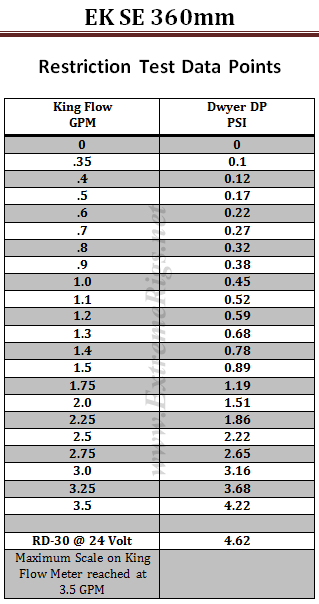 The table numbers indicate that the SE 360 is a medium to high restriction radiator. However numbers in isolation can only tell half the story. By plotting against other components it more easily shows the whole story
The table numbers indicate that the SE 360 is a medium to high restriction radiator. However numbers in isolation can only tell half the story. By plotting against other components it more easily shows the whole story
I have decided to use a HeatKiller 3.0 CPU block as the reference in these plots for two reasons. Firstly there is no chance of the plot being cluttered by curves overlapping and secondly it gives a reference point against a fairly common loop component of average restriction.
As with all the radiator restriction plots I have limited the maximum flow rate displayed to 2.0 GPM as I suspect there are very few systems that operate above 2.0 GPM. For more information on how to read a restriction plot check out our guide.
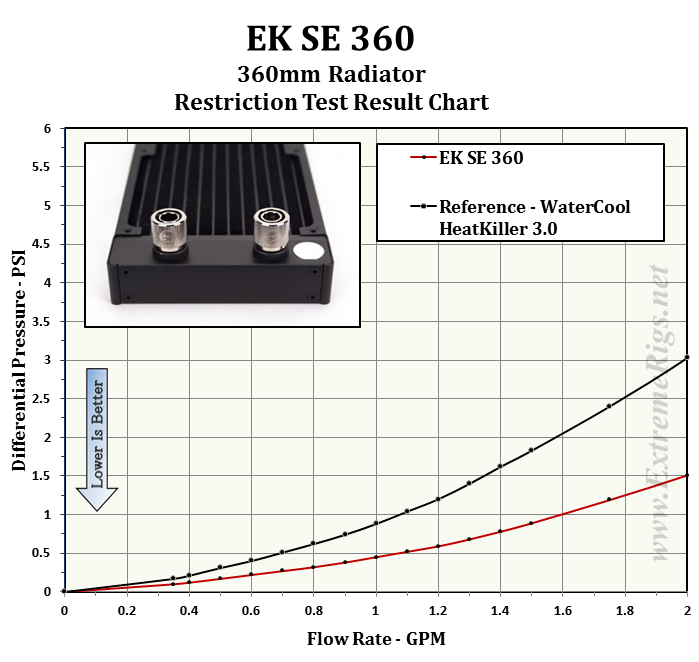
This plot shows us that the SE as a low/medium restriction component. Let’s see how it fares against the other radiators in the test group.
The next three plots show the SE’s restriction level relative to other slim radiators in the test group at 3 different flow rates – what we consider to be low, medium and high system flow rates.
From these tables it would be fair assessment to call the SE 360 a medium restriction radiator when compared to the other slims, but before we make that conclusion let’s take a quick look at the restriction levels all our 360 rads at 1.0 gpm.
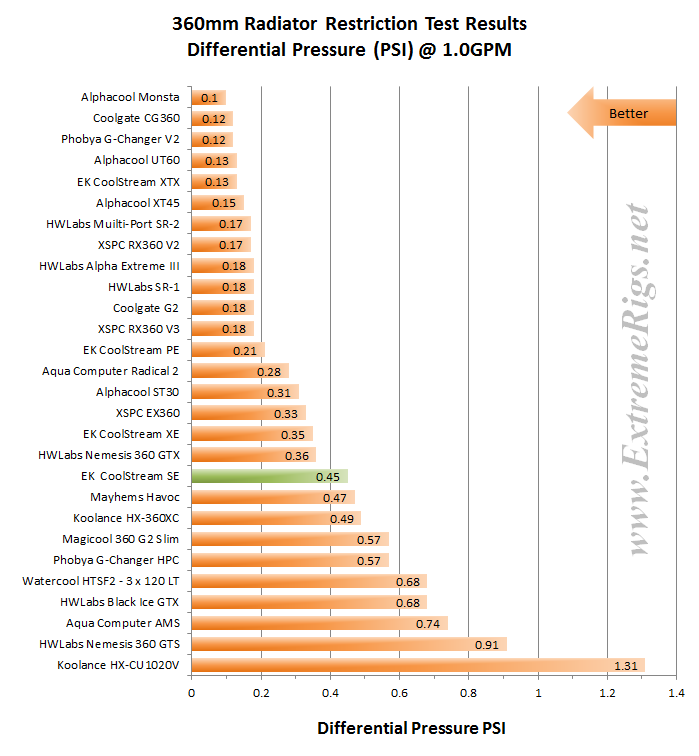 So the medium restriction assessment still appears valid.
So the medium restriction assessment still appears valid.
Onwards to Thermal Performance!
Thermal Testing
The Thermal Data
Moving on from the restriction test bench the CoolStream SE 360 was loaded into the thermal test chamber for a series of tests – consisting of 3 flow rates, each having 3 different fan rpm rates tested. I felt the thermal test data was most important and which you as the reader would be most interested in.
Below is the final data results gathered from at least 2 data logging runs at each flow rate and fan rpm combination. The most stable 15 minute period from each logging run was used and then averaged with the other runs to obtain the data for the table below. A total of 16 temperature sensors were used in the thermal test chamber (8 air in, 2 air out, 3 water in, 3 water out) each take a reading every second and logged via a CrystalFontz unit. The data in the table below is the averaged results of the logging runs which has then been used to create all the plots and tables there-after.
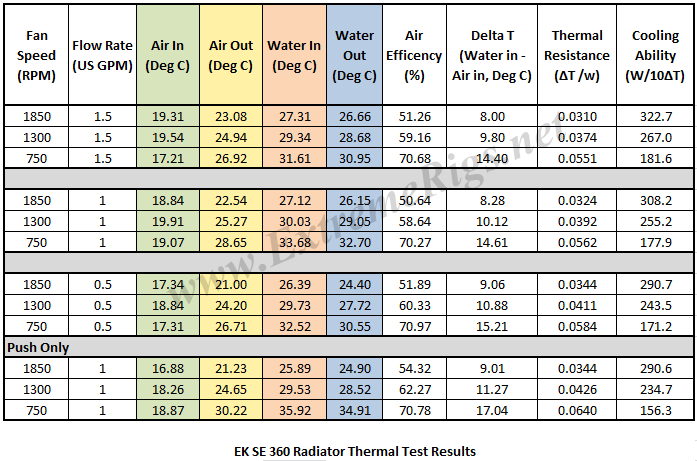 The performance metric of critical importance is the delta between the warm coolant temperature in and the cold ambient air temperature in to the radiator. Given that the system is well insulated and in equilibrium and we know the heat input to the system then we can also calculate a very important number – that is the amount of power required to raise the coolant temperature 1C (or 10C which is more useful reference point).
The performance metric of critical importance is the delta between the warm coolant temperature in and the cold ambient air temperature in to the radiator. Given that the system is well insulated and in equilibrium and we know the heat input to the system then we can also calculate a very important number – that is the amount of power required to raise the coolant temperature 1C (or 10C which is more useful reference point).
Let’s take a look at the Delta T results from the tests.
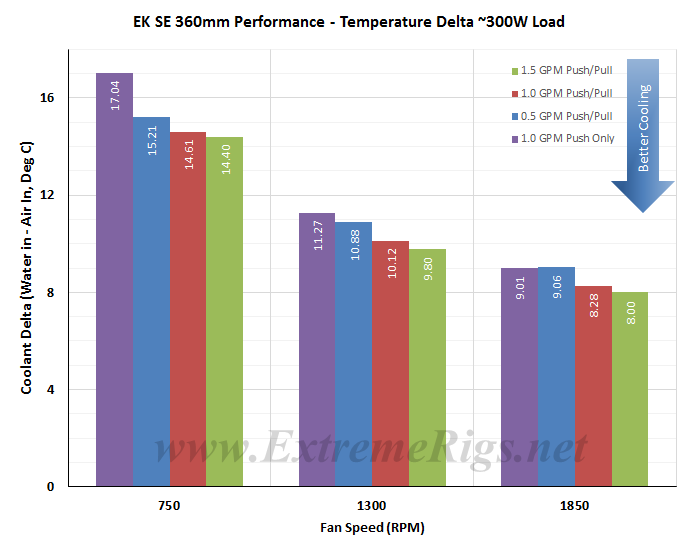 We’re not too concerned about the actual delta numbers here, more so if a trend pattern between fan speeds is occurring. It’s interesting to see the Push Only which is 1.0 gpm catch the 0.5 gpm Push/Pull as the fan speeds increase.
We’re not too concerned about the actual delta numbers here, more so if a trend pattern between fan speeds is occurring. It’s interesting to see the Push Only which is 1.0 gpm catch the 0.5 gpm Push/Pull as the fan speeds increase.
Delta T results (as above) is not always helpful when thinking about how many radiators you would need to cool your system. Instead it’s more useful to know the delta/W, or more usefully, the inverse metric of W/delta C. The metric plotted below tells us how many watts are dissipated by the radiator when the coolant rises 10C above ambient temperatures. (W/10 Delta T):
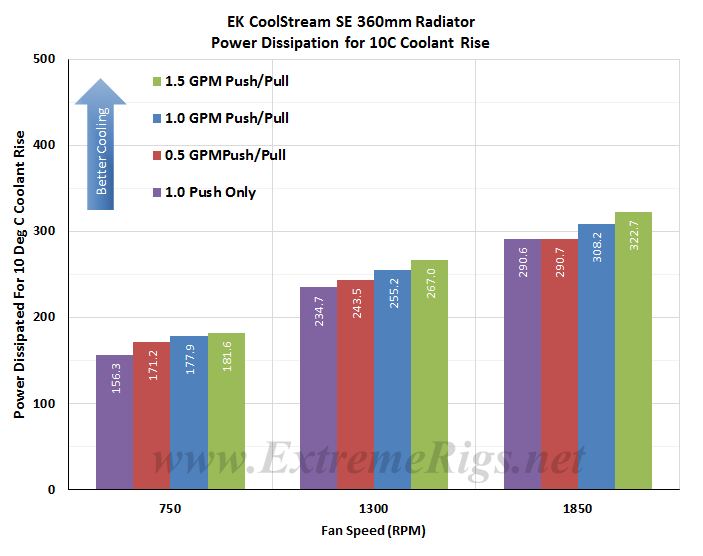 As expected increasing airflow through the radiator is the primary determinant in changing the radiators performance.
As expected increasing airflow through the radiator is the primary determinant in changing the radiators performance.
This data can now be plotted as a pretty curve so that an end user can interpolate their own fan speed. Note again that the extrapolation of the curve is much more sensitive to error than in between the tested range. Let’s exclude the push data for now and come back to it:
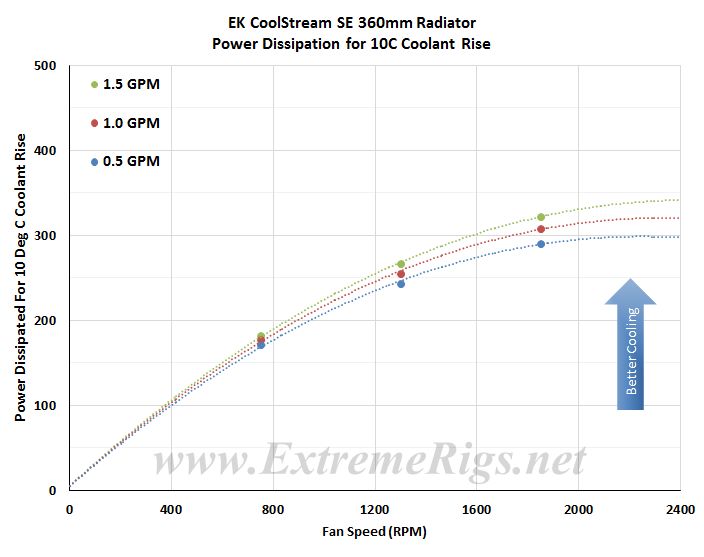 The tightly bunched lines is evidence that increasing flow rate is yielding little benefit in performance, particularly at low fan speeds.
The tightly bunched lines is evidence that increasing flow rate is yielding little benefit in performance, particularly at low fan speeds.
If we now come back to the push data it’s good to compare only the push to push/pull data in an “apples to apples” fashion by only looking at the 1GPM data:
Push only gives around 92% (averaged) of the performance of the Push/Pull 1.0 gpm test results on this radiator. The very curved nature of the Push/Pull plot line indicate that the SE is close to its maximum power dissipation in our high speed fan tests, while higher Delta temps for Push Only means there is still some performance in left in the tank for Push Only fan assemblies.
In this next chart all three Push Only results at 1.0 GPM flow rate were plotted to produce one curve and we compared the results against the other slim rads Push Only results.
Now let’s compare Push vs Push/Pull:
For the Push/Pull comparison chart we have averaged the 3 fan speed test results at each flow rate to produce the curves. Averaging reduces test error of course so this helps further to be sure of our data and is more useful therefore for comparing to other radiators.
The SE is clearly the weakest performing rad of the group in both the Push Only and Push/Pull comparisons.
Now let’s analyze that data some more…
Data Analysis
This first table shows the SE’s Watts/10 Delta Temp numbers in a quick glance chart format.
Using the data compiled from the SE thermal testing I have compiled the following tables in an attempt to show other ways of how its performance varies against itself at the flow rates and fan speeds tested. Effectively these show percentage gains relative to a reference point. It’s an interesting way to show gains/losses while changing a variable.
First let’s focus on 1300 RPM as our reference and see how much gain or loss in performance we get by changing fan speed.
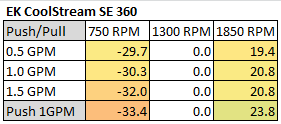 Neutral tones here indicate the SE is tuned for best performance somewhere around this 1300rpm fan speed range. In the next plot we focus on changing the flow rate with 1.0 GPM as the base line.
Neutral tones here indicate the SE is tuned for best performance somewhere around this 1300rpm fan speed range. In the next plot we focus on changing the flow rate with 1.0 GPM as the base line.
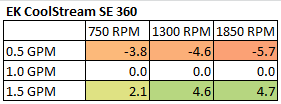 With only slight percentage changes when changing the flow rate we conclude that flow rate is not a determining factor for performance on the SE.
With only slight percentage changes when changing the flow rate we conclude that flow rate is not a determining factor for performance on the SE.
How about we combine both flow rate and fan speed as reference points and have a look at 0.5 GPM & 750 RPM as the reference point.
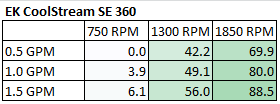 This confirms what we speculated for the 1300 table, as here we see a big boost from 750rpm to 1300rpm, and a smaller increase from 1300rpm to 1850rpm.
This confirms what we speculated for the 1300 table, as here we see a big boost from 750rpm to 1300rpm, and a smaller increase from 1300rpm to 1850rpm.
Lastly, we change the reference and choose our center 1300 RPM and 1.0 GPM as our reference point to show both effects concurrently:
So from the data above we can get a very good idea of how the SE360 radiator performs relative to itself. But there is a large selection of 360mm radiator models to choose from, released from numerous manufacturers. So, we need to start comparing performance between them.
Push Only Data vs Competition
Let’s focus on the Push Only results for now and come back to the Push/Pull data later. While for Push/Pull we tested three flow rates, the Push Only testing was conducted only at 1GPM in order to save time. For a comparison vs thicker radiators make sure to check out the 2015 Rad Round Up which compares 27+ radiators including the SE.
Let’s start with 750 RPM and see how it compares to the competition:
The SE places 2nd to last in the low speed Push Only rankings with performance ~18.5% behind the winner. Not a surprising result given it has the thinnest core (but only just to the XSPC EX model)
How does the SE do at 1300 rpm? Pretty poor again actually.
Now in last place the SE is ~20% behind the winner for 1300rpm.
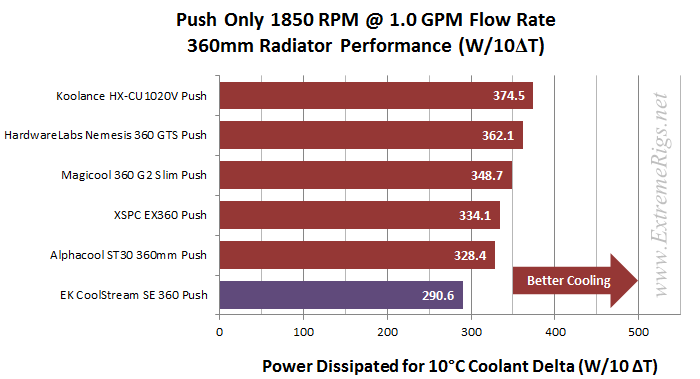
At 1850 Push Only the SE again places last of the slim rads tested, still ~22.5% behind the best performing slim rad.
So the SE was a poor performer in Push Only (as expected given the core structure). The fan speeds made little difference to its comparisons against the competition. At this stage we are hoping that to save some grace the SE will compare better with a Push/Pull fan assembly, even though this is probably not what the intended use for a slim rad actually is for most users.
Let’s find out how it fared…..
Push/Pull Data vs. Competition
Let’s now look at the Push/Pull results and see how the SE 360 compares. For Push/Pull we have averaged the results from the 3 flow rates at which we tested.
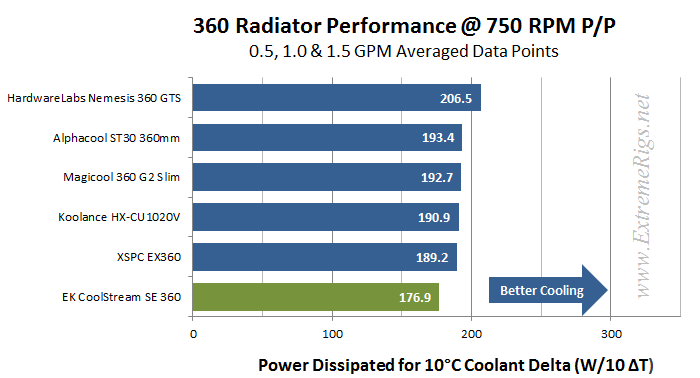 The SE 360 continues its losing streak collecting another wooden spoon. The result is closer with ~15% gap between the SE and the winner, but low speed results are usually very tightly grouped, so 15% is a lot in this instance.
The SE 360 continues its losing streak collecting another wooden spoon. The result is closer with ~15% gap between the SE and the winner, but low speed results are usually very tightly grouped, so 15% is a lot in this instance.
Let’s move to the 1300 rpm then:
While the other slim rads catch up to the leader, the SE falls further behind, now ~22.5% behind.
So the averaged 1850 rpm results:
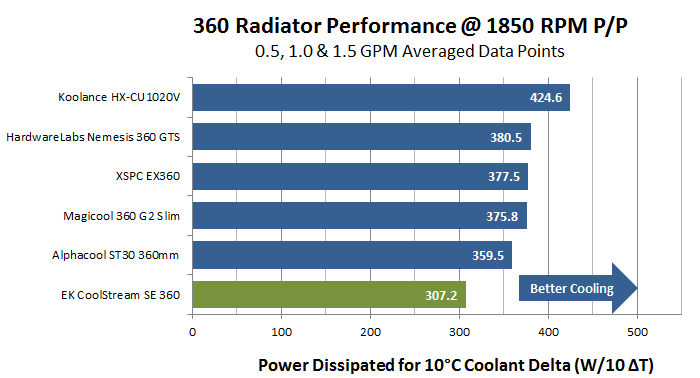
At 1850 Push/Pull the SE 360…well you get the picture as the same trend continues.
So the SE 360 placed last in all 5 of the categories. Pretty terrible performance and I find it amazing that EK have come up with a design and core that performs so poorly in every scenario especially when you realize that a similar design was used in the XE and that performs at the top of the charts for thicker radiators..
Let’s also combine the Push Only and Push/Pull results at the 1.0 GPM flow rate into one plot for each fan speed tested. These plots show just how well the best slim radiators performed against the competition, while clearly showing the SE’s lack of performance.
Again the 750 rpm first:
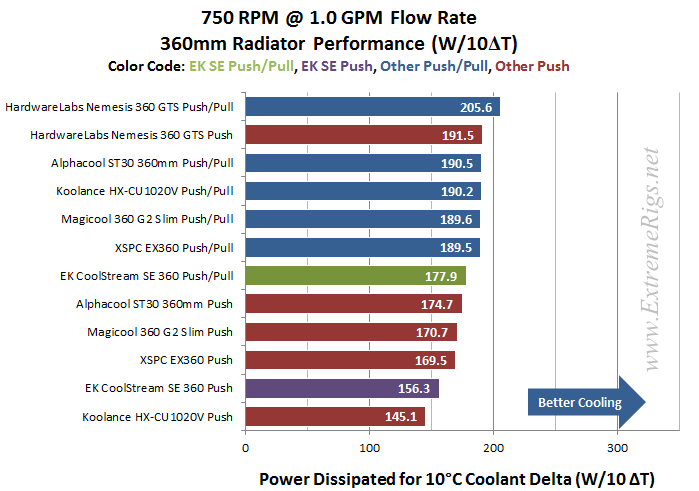
The SE just holds manages to keep afloat here with its Push/Pull results at least beating 4 other rads Push Only results.
At 1300 rpm and 1850 rpm the same cannot be said, it’s almost embarrassing to have to publish the data as the SE’s Push/Pull results are worse then the other slim rad’s Push Only results.
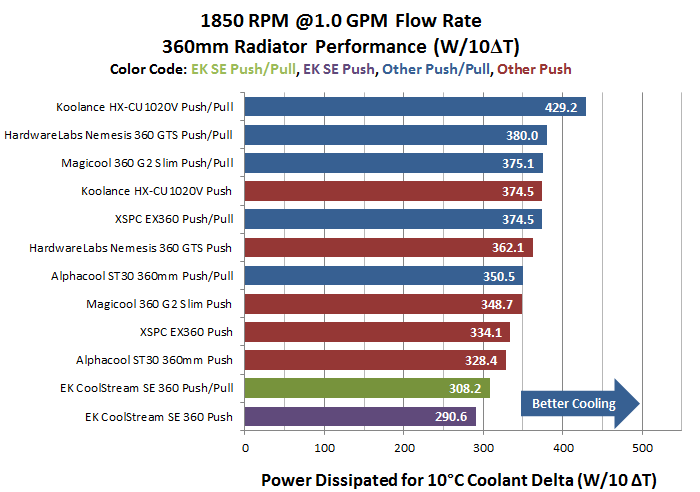
From all of test results we created “Average Performance Factor” charts for both Push and Push/Pull and then a combined plot called the “Master Performance Factor”. The radiator with the best cooling ability (W/10ΔT) at each gpm/rpm combo was awarded a score of 100, and each other radiators W/10ΔT result was scored as percentage of the top performer.
This way of looking at the comparison takes away any advantages that a radiator may have at higher or lower fan speeds and looks at an overall average. While this appears fair it does tend to favor those radiators that are all-rounders and those radiators which do very well at high RPM. Most users should be more focused on their specific use case. Check in the Round Up for performance comparisons at every gpm/rpm combo for even more details and cross comparison results.
Here is the SE360’s Push/Pull percentage scores at each data point that thermal tests were conducted at and additionally the 1.0 gpm Push Only percentages relative to the winner at each fan speed.
This is not a very flattering results table to say the least. Stating the obvious, it is by far the worst set of results of the test group.
Then we started averaging the percentage scores at each flow rate giving us the Averaged Performance Factors of each radiator.
Firstly – the Push Only APF:
We know it performed terribly in all types of fan assemblies, but the data must be published.
Finally we created the Master Performance Factor which is calculated from the averaged results of all the thermal tests, Push and Push/Pull at all flow rates and all fan speeds.
In the Master Performance Factor comparisons the SE 360 finishes in last place, no surprises here. If anything we can say it was consistent, placing last in nearly every thermal test we conducted. Not only was it last but it was last by a considerable margin.
I really didn’t expect the SE to perform so badly across the board, but it did. The SE’s core does appear tuned best for medium fan speeds, however that was still poor in relation to the other slim rads.
Next up – Summary!
Summary
Thermal Performance
Thermal Performance scores are derived from the relevant Performance Factor scores. We set this scale with 72.5% and below as the 0 mark, with each 2.5% increase from 72.5% in relative performance adding 0.5 to the awarded performance score.
The Bold Scores are based on performance comparisons of only the slim 360mm Rads. On the second line is the score which is generated against all the 360mm rads from the complete round up.
Push Only Thermal Performance
- 1.5/5 – Slims Only 360mm rads.
- 0/5 – all 360mm rads
The SE 360’s Push Only thermal performance was weak. There were no highlights at any fan speed and its 80.0 comparative performance factor score equated to a Push only score of 1.0
Push/Pull Thermal Performance
- 1.0/5 – Slims Only 360mm rads.
- 0/5 – all 360mm rads
Another category, and another last place for the SE with a Performance Factor Score of 78.8, the SE gets a 1.0/5 for Push Pull Performance.
Overall Thermal Performance
- 1.5/5 – Slims Only 360mm rads.
- 0/5 – all 360mm rads
With the Push Only and Push/Pull results it would be quite amazing if the SE placed anywhere other than last in overall results. It’s poor results all round place it well behind of its nearest competitor and it’s 81.9 Master Performance Factor score means that 1.5/5 score is the end result.
Features & Quality – 3/5
The CoolStream SE 360mm from EK has a great satin black finish and overall the build quality is very good. My only criticism is that the side material of the casing is a bit thin for the length and as such leaves it feeling a bit flimsy when handling the rad.
At 27mm thick (excluding the ports) it is a super slim rad and this is the key feature of the SE. It will fit into spaces where many other rads can only dream of going and because of this, the SE will attract users because of its size.
In saying this I wonder how long until we see a super slim rad such as the SE which is designed for Push Only fan assemblies. This would allow maximum performance for the size of the rad by having a thicker core and not needing to make allowances for another set of fans. Remember where you read it first…
The SE like its stable mate the PE has only 2 ports which is kind of uninspiring as we love multi-port rads because they offer more flexibility and options when installing into the case/loop.
Tube protection plates are not fitted under the fan mounting holes, but the tubes are not directly under the holes so no problems will arise when using the supplied hardware.
The core of the SE prefers a medium speed fan, but there was little change between low and high speed, so all fan speeds can be used effectively – or at least equally poorly.
With a high FPI count the SE will need some cleaning time allocated every now and then to keep it at “peak” performance.
The SE’s medium restriction level will not cause any additional concern when planning the required pump set-up for your loop.
Summary – 2.0/5
The EK CoolStream SE 360mm is a super slim rad, which by default means it will never have outstanding thermal performance. When we break down the results and look at the thermal performance of only the slim rads, the SE is well short of the what the competition is doing.
The boxy design of the CoolStream “E” series should blend seamlessly into any build without drawing attention to itself. Being Super slim it will fit virtually anywhere that has 3 120mm fans spaces side by side. However there may be occasions where the boxy design with the long end tanks may cause issues.
The build quality is very good but we are missing many of the features we now expect to be on radiators.
At the end of the day there are obviously better performing options than the SE, however for those building who like uniform branding in their builds (as many do) and/or are severely cramped for space, the SE 360 may be the radiator you’ve been hoping for.
The SE 360 is due to hit shelves in the second week of July and is expected to have a RRP of $66. Once released we’ll update the pricing and provide the EK Web shop Link…
Where to buy: EK e-shop $66.00 + shipping from Europe







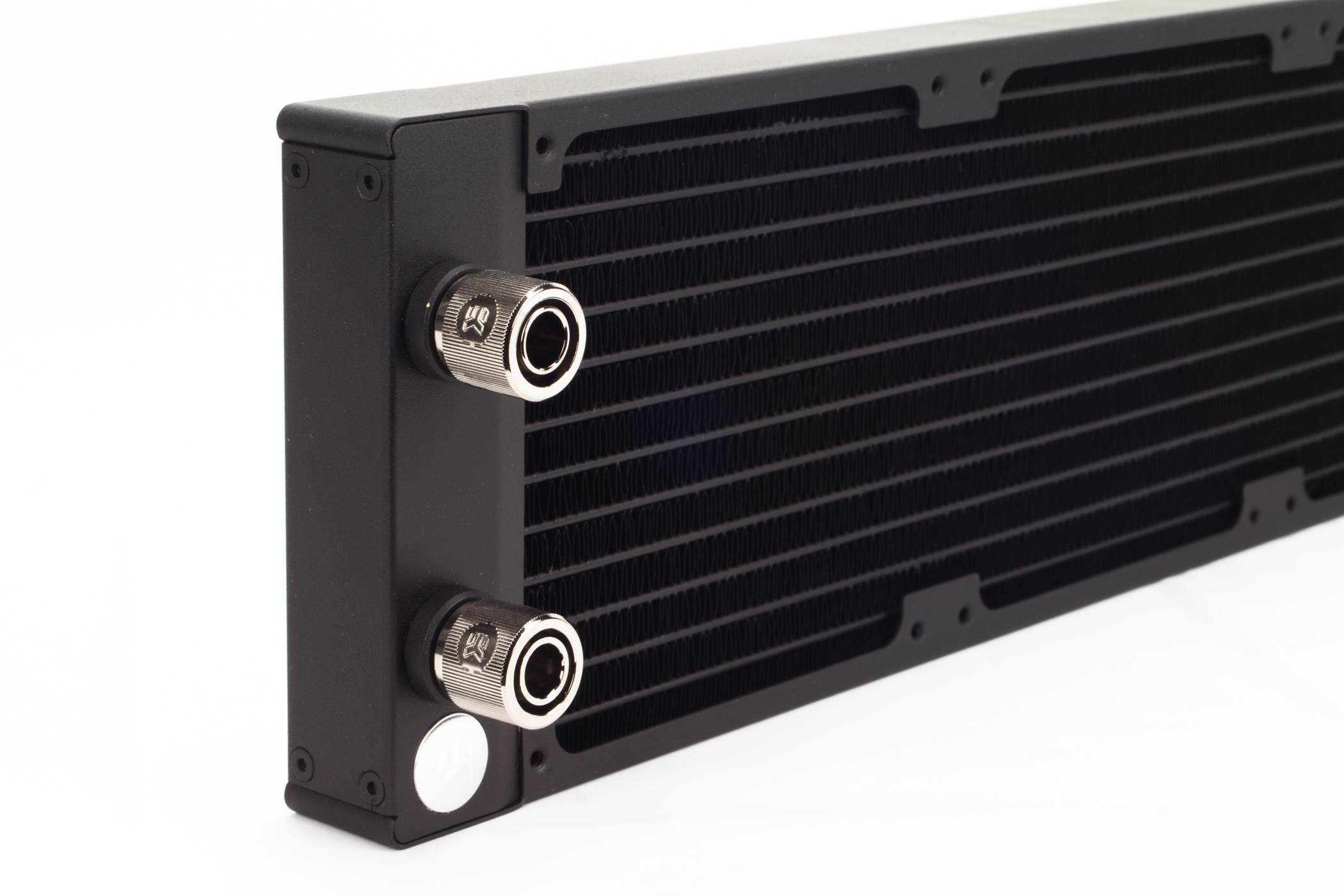

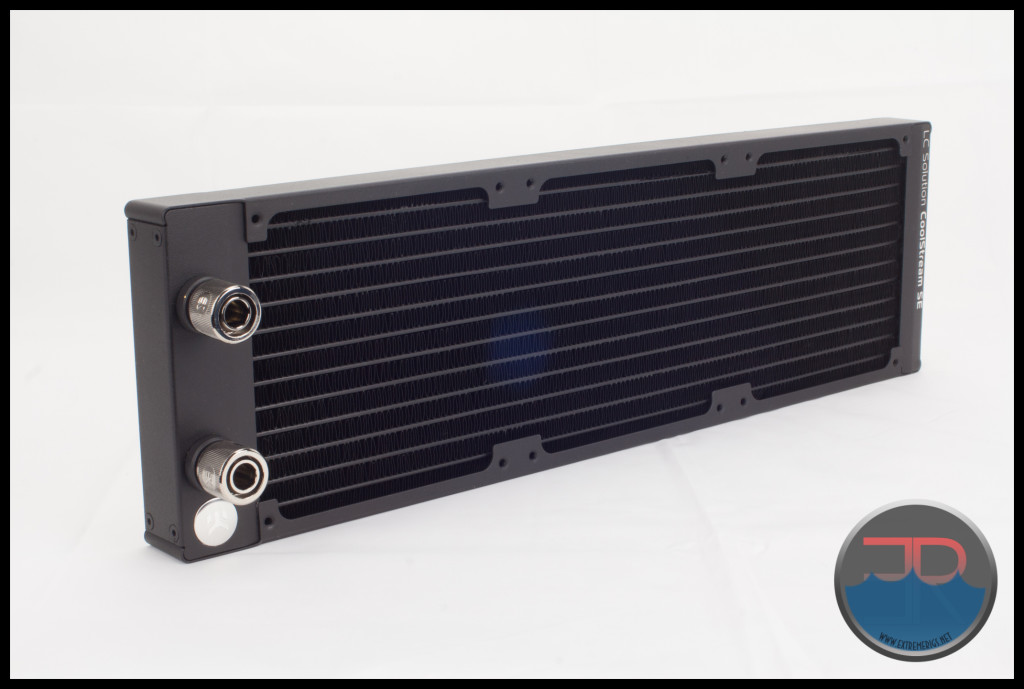
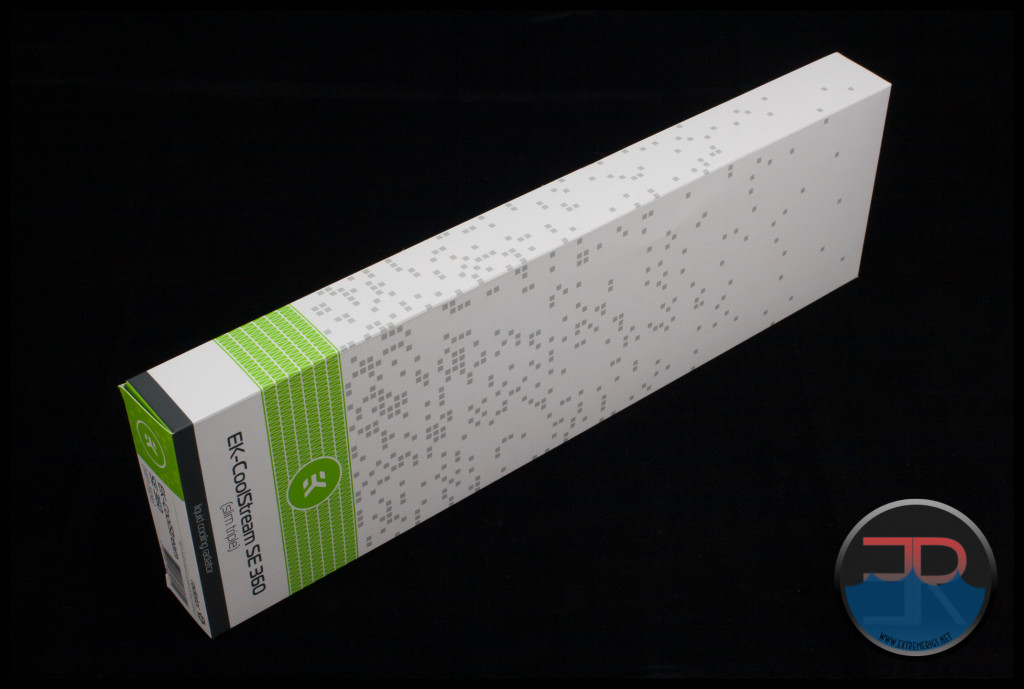
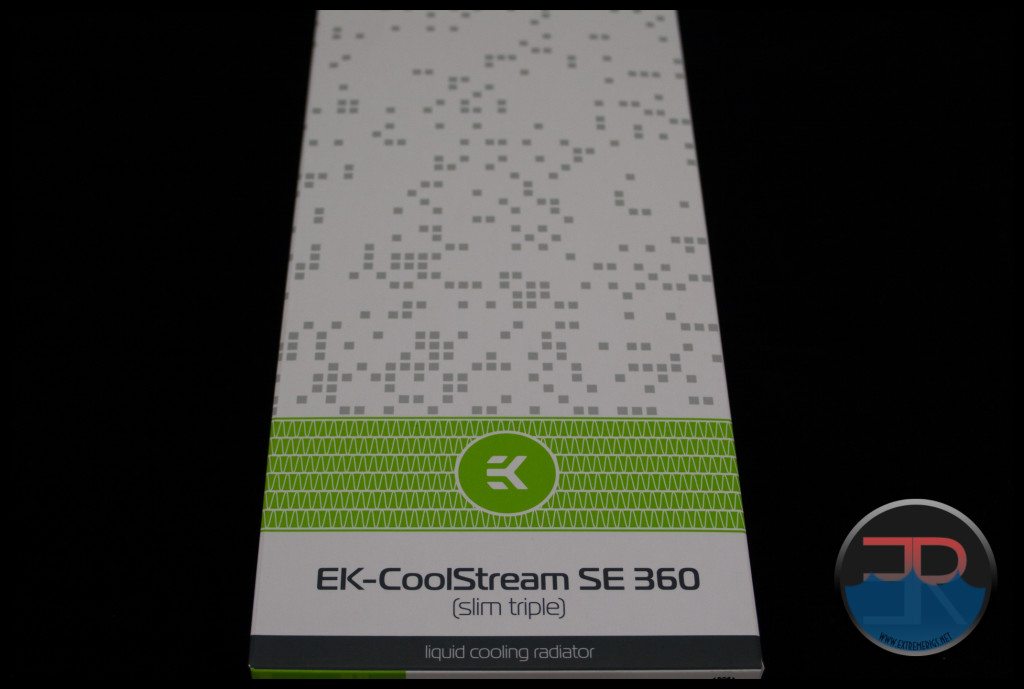
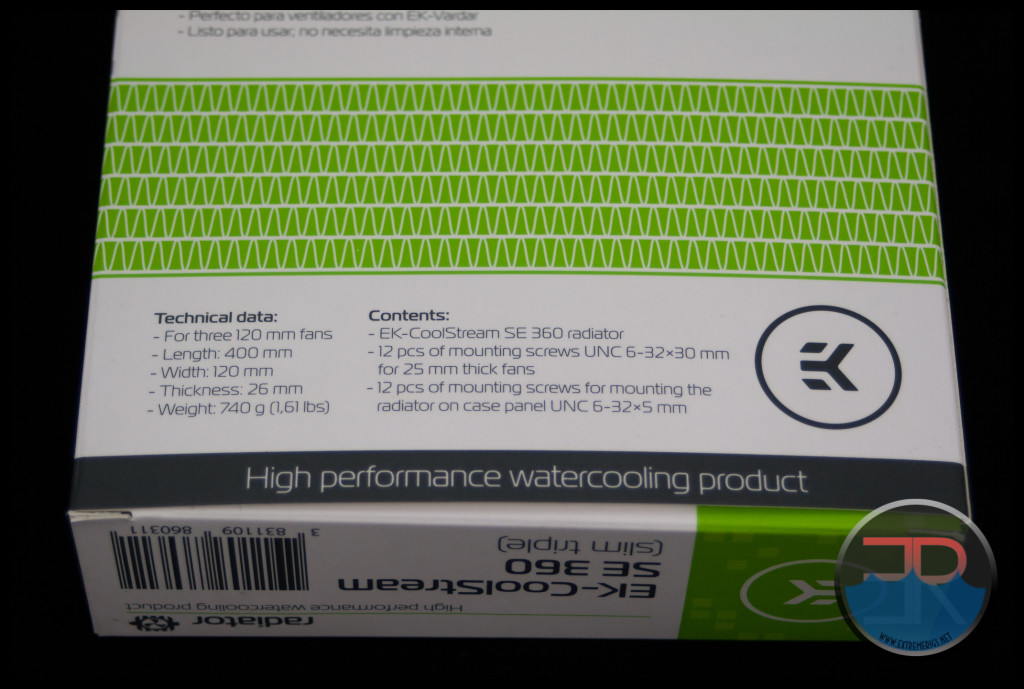
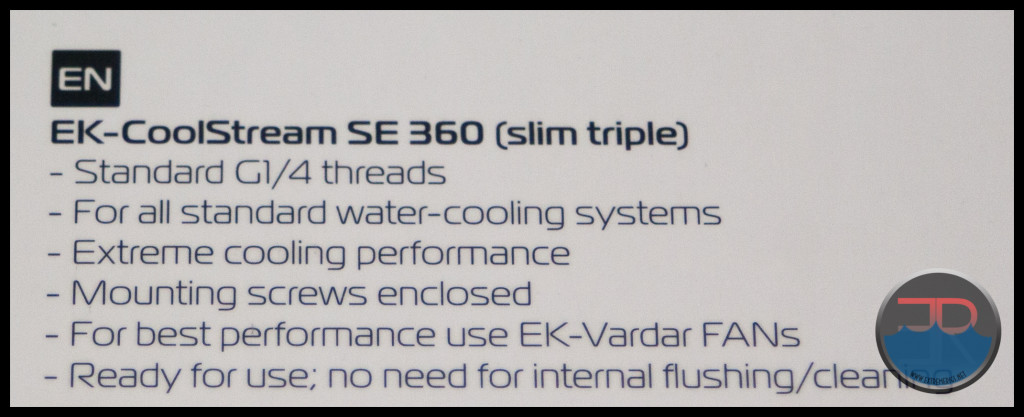
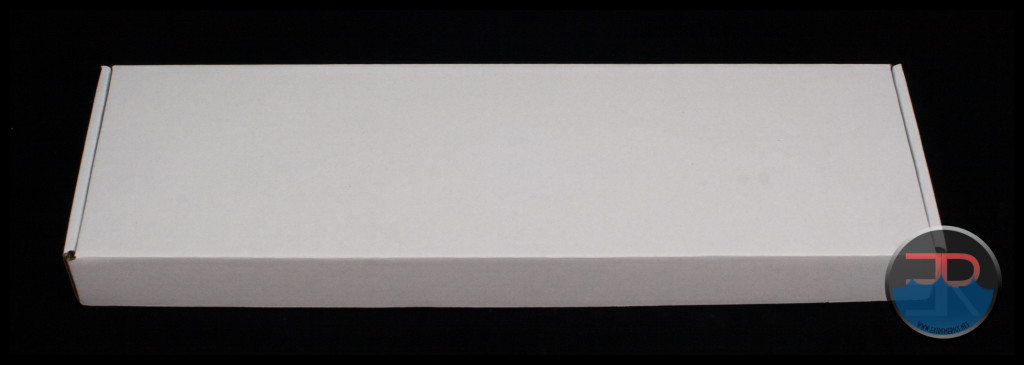
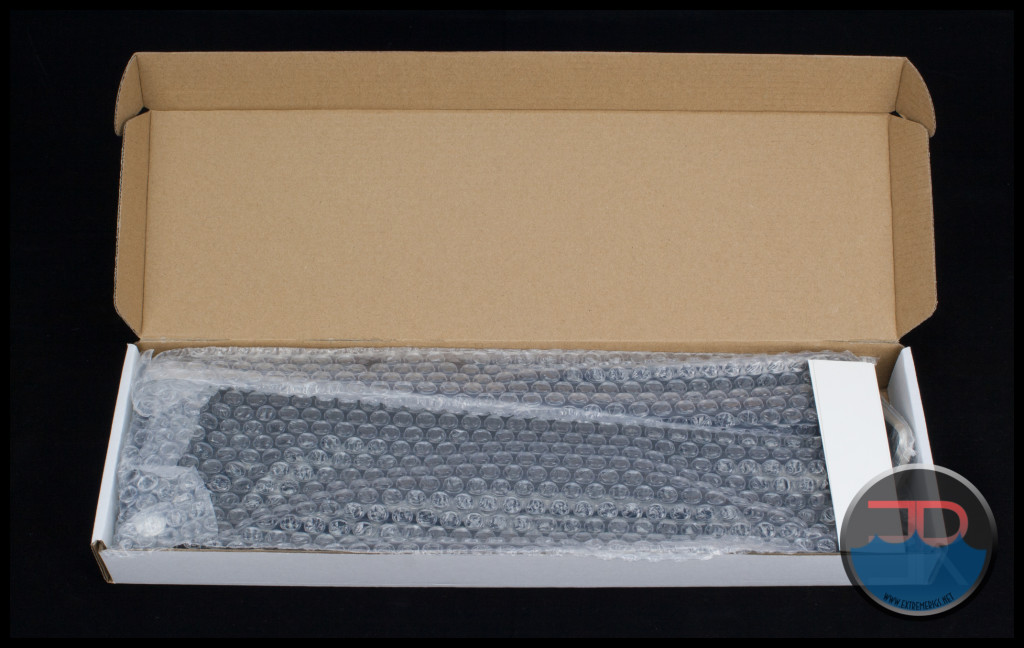
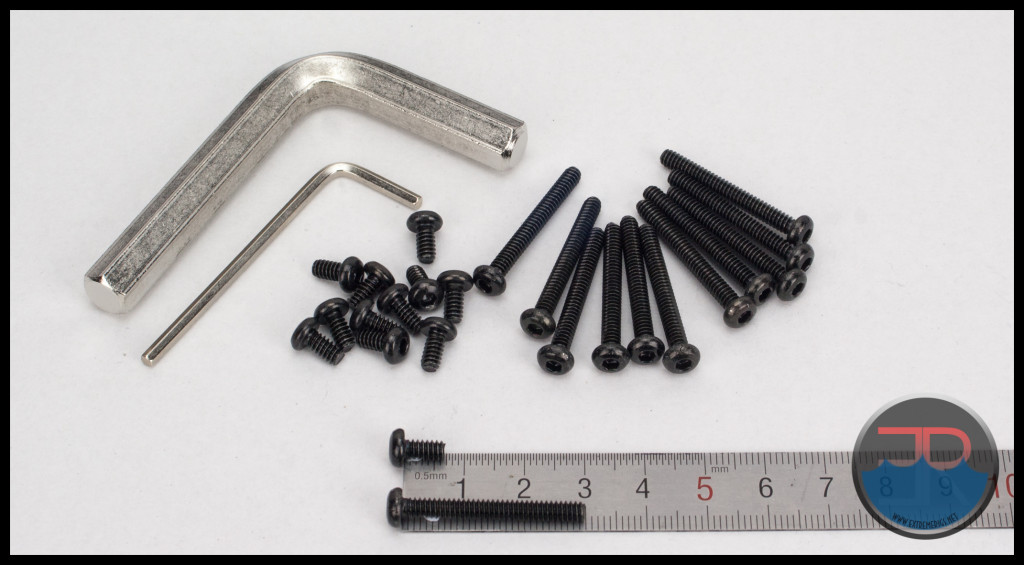
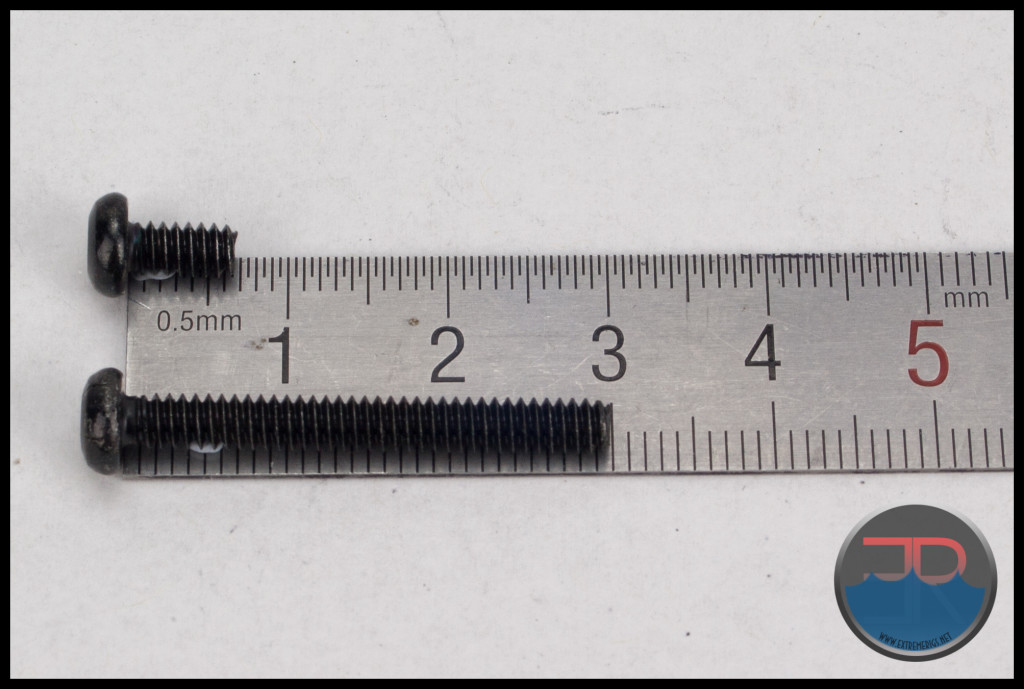
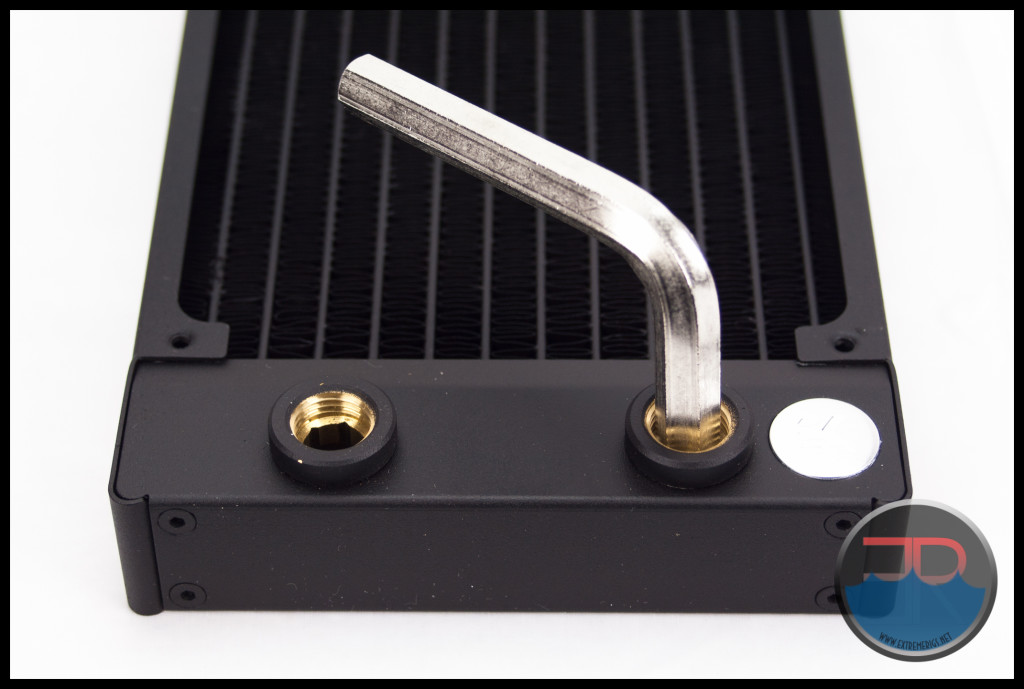
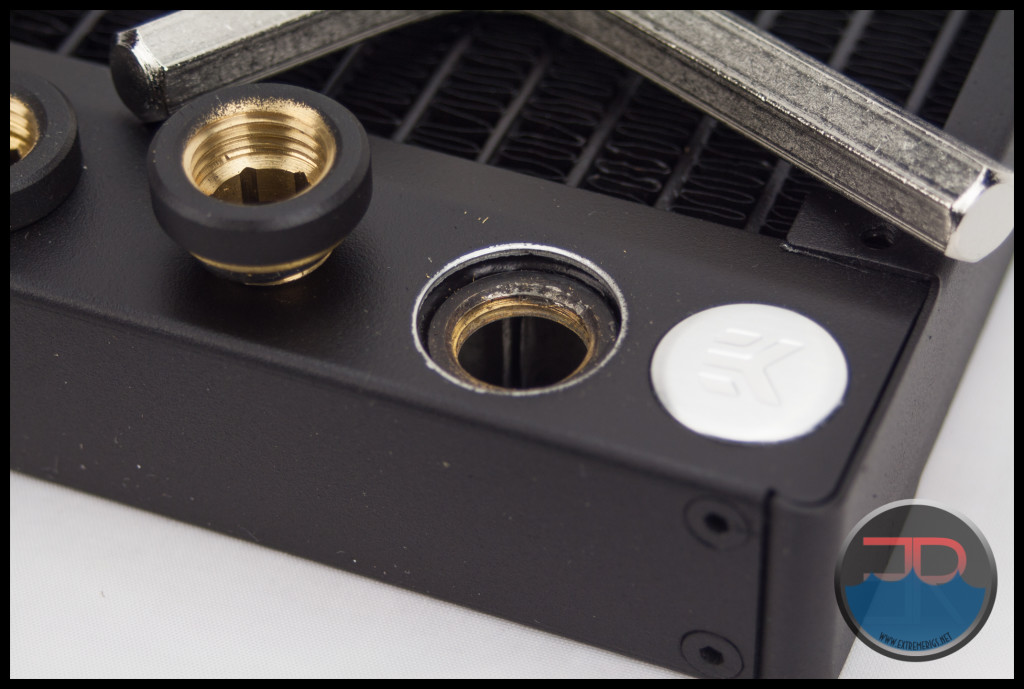
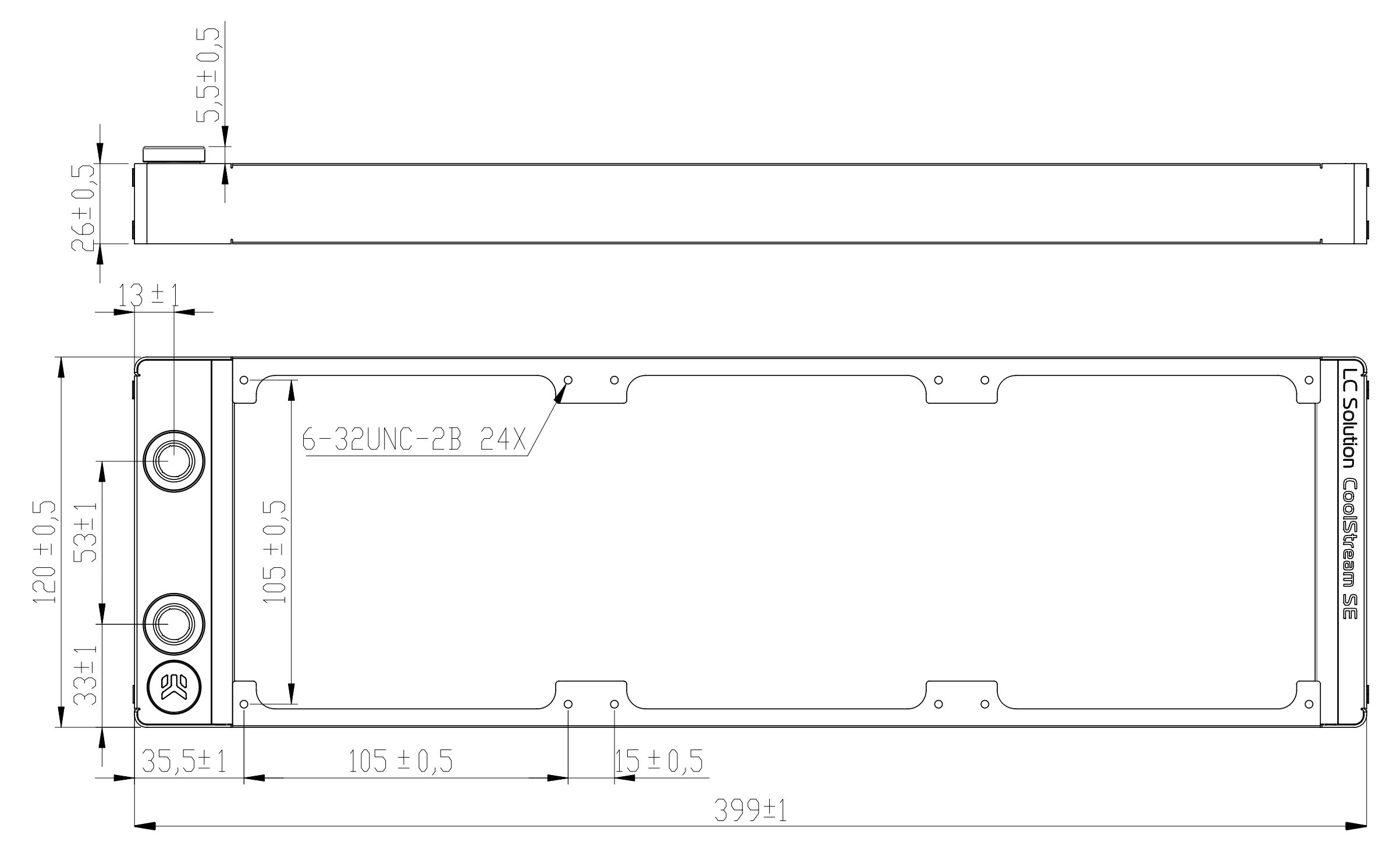


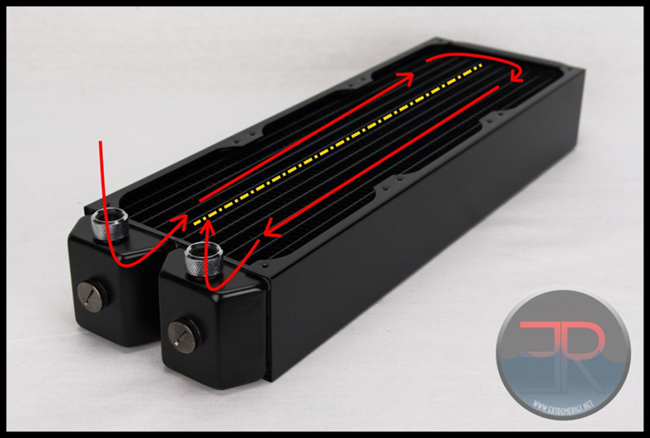
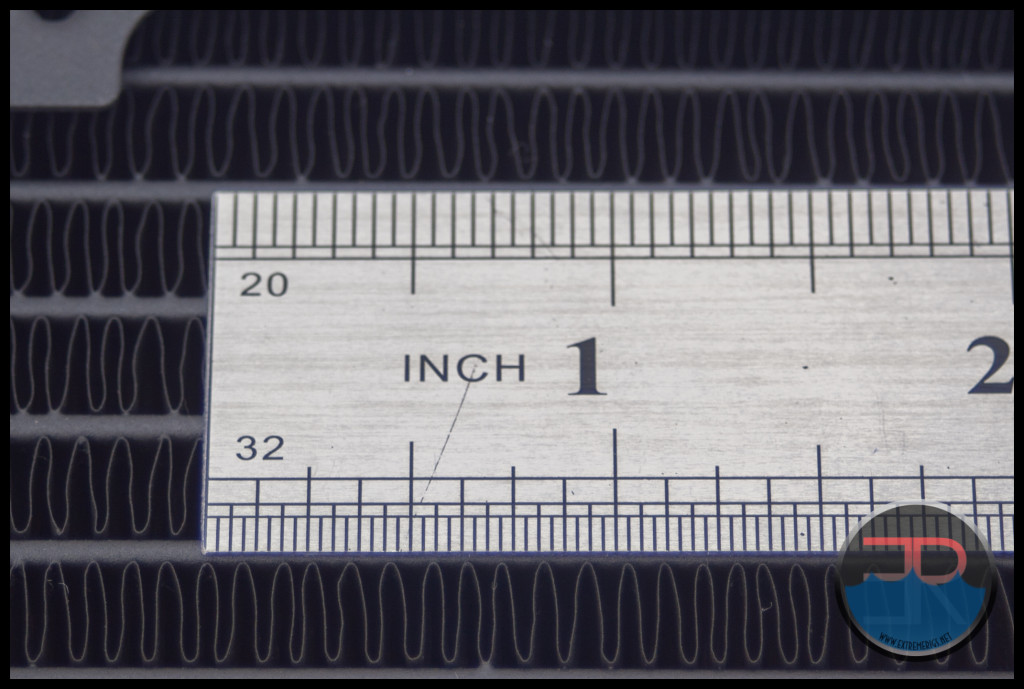
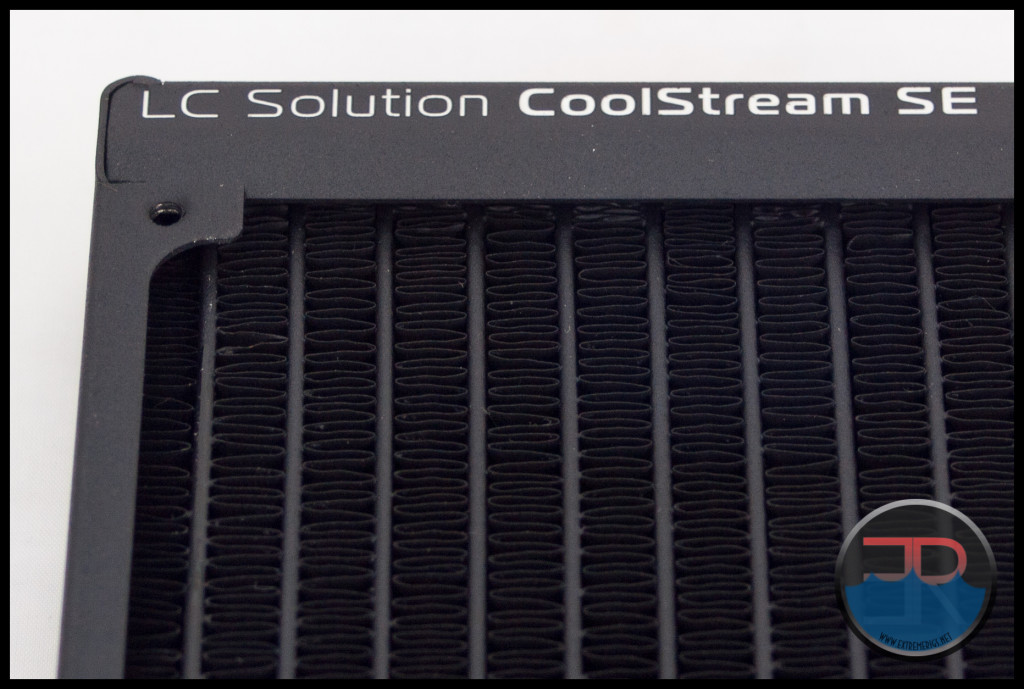
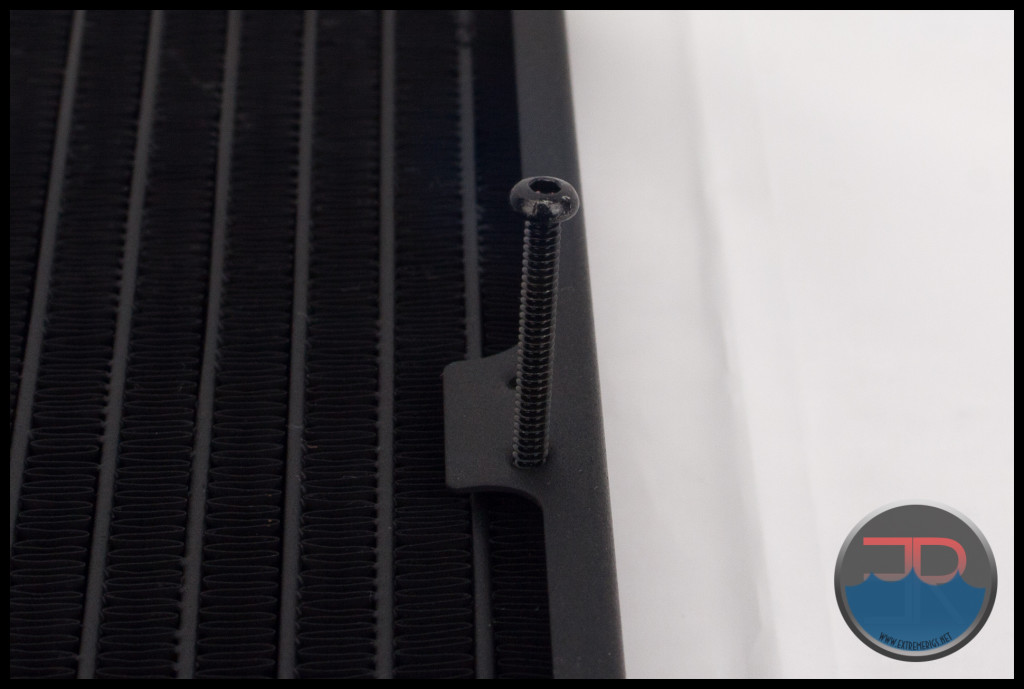
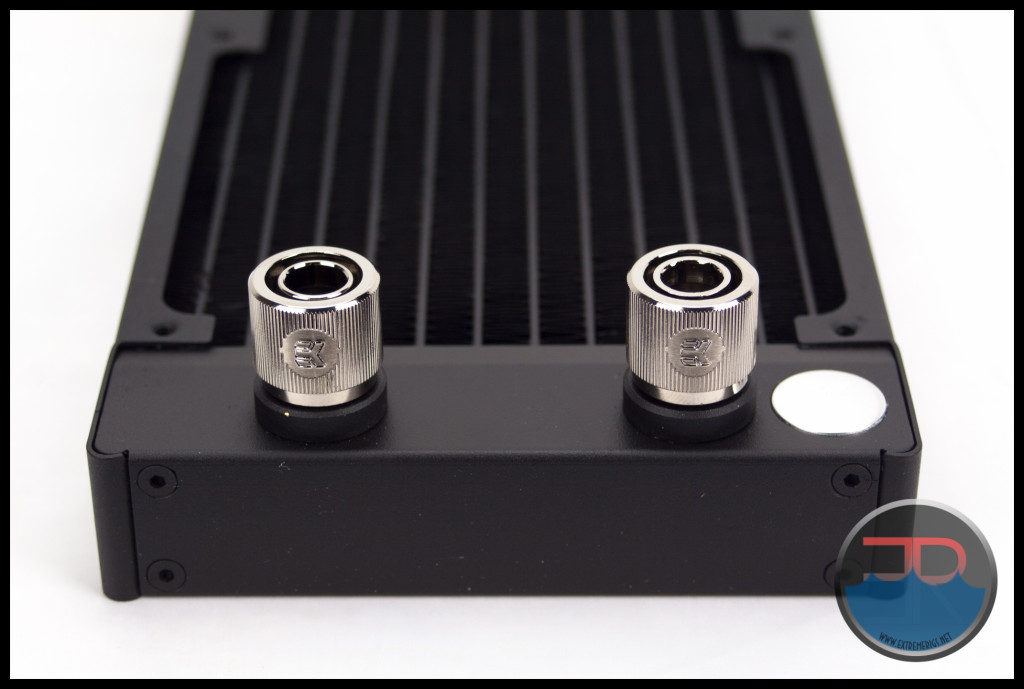
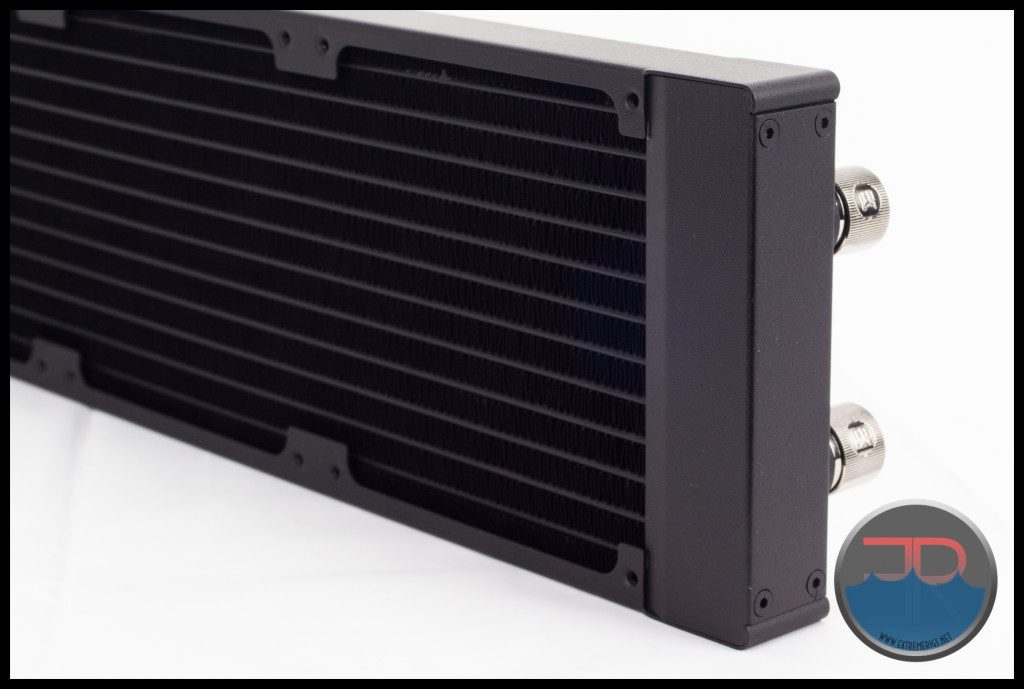
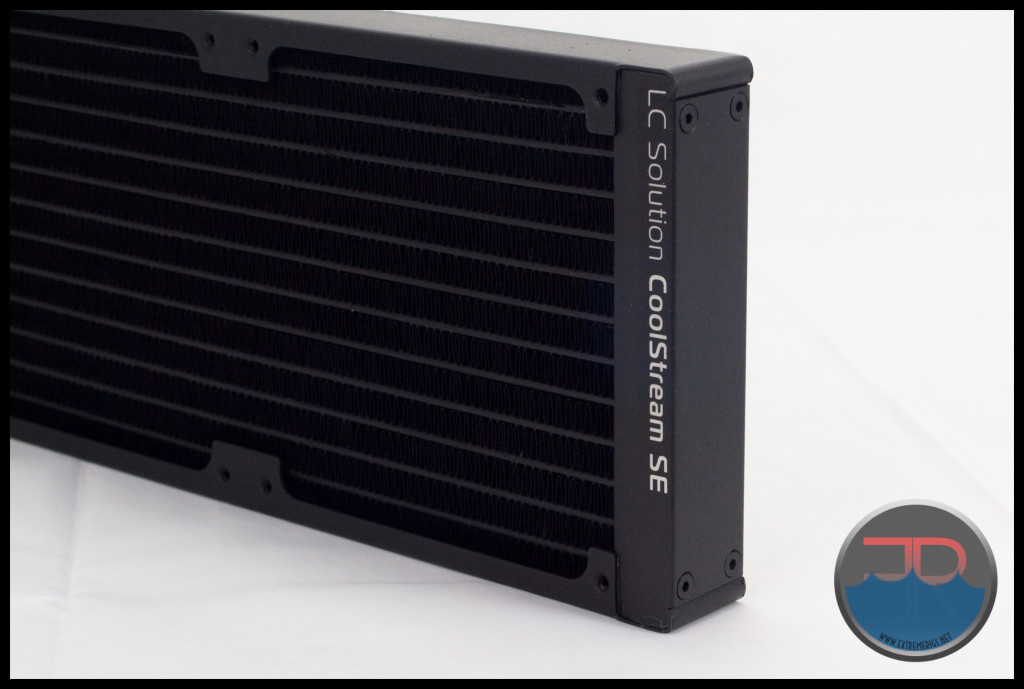
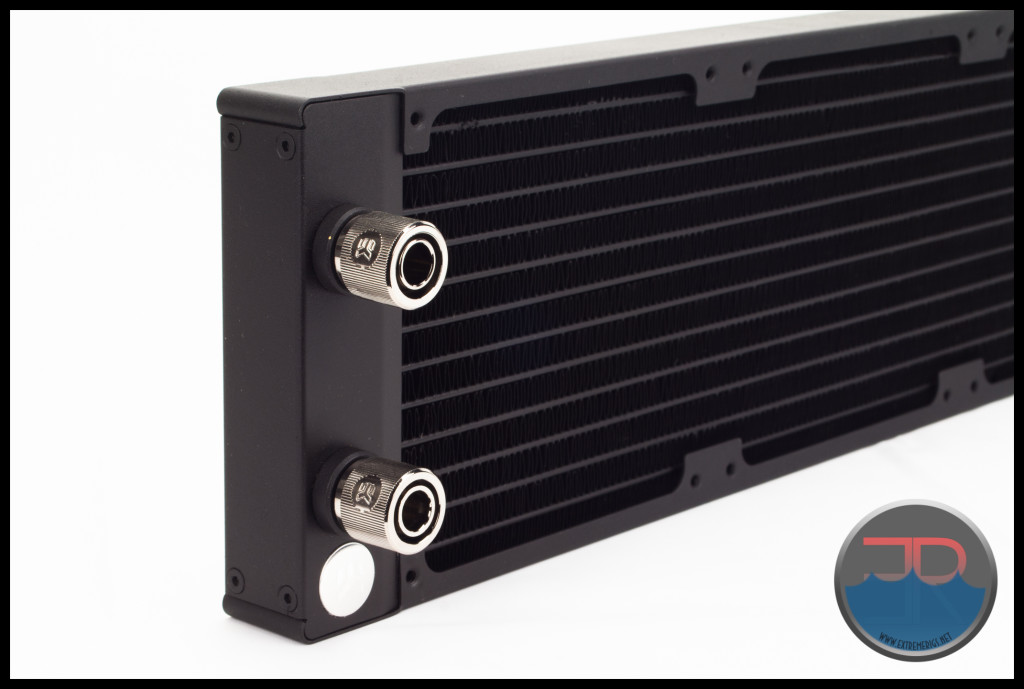
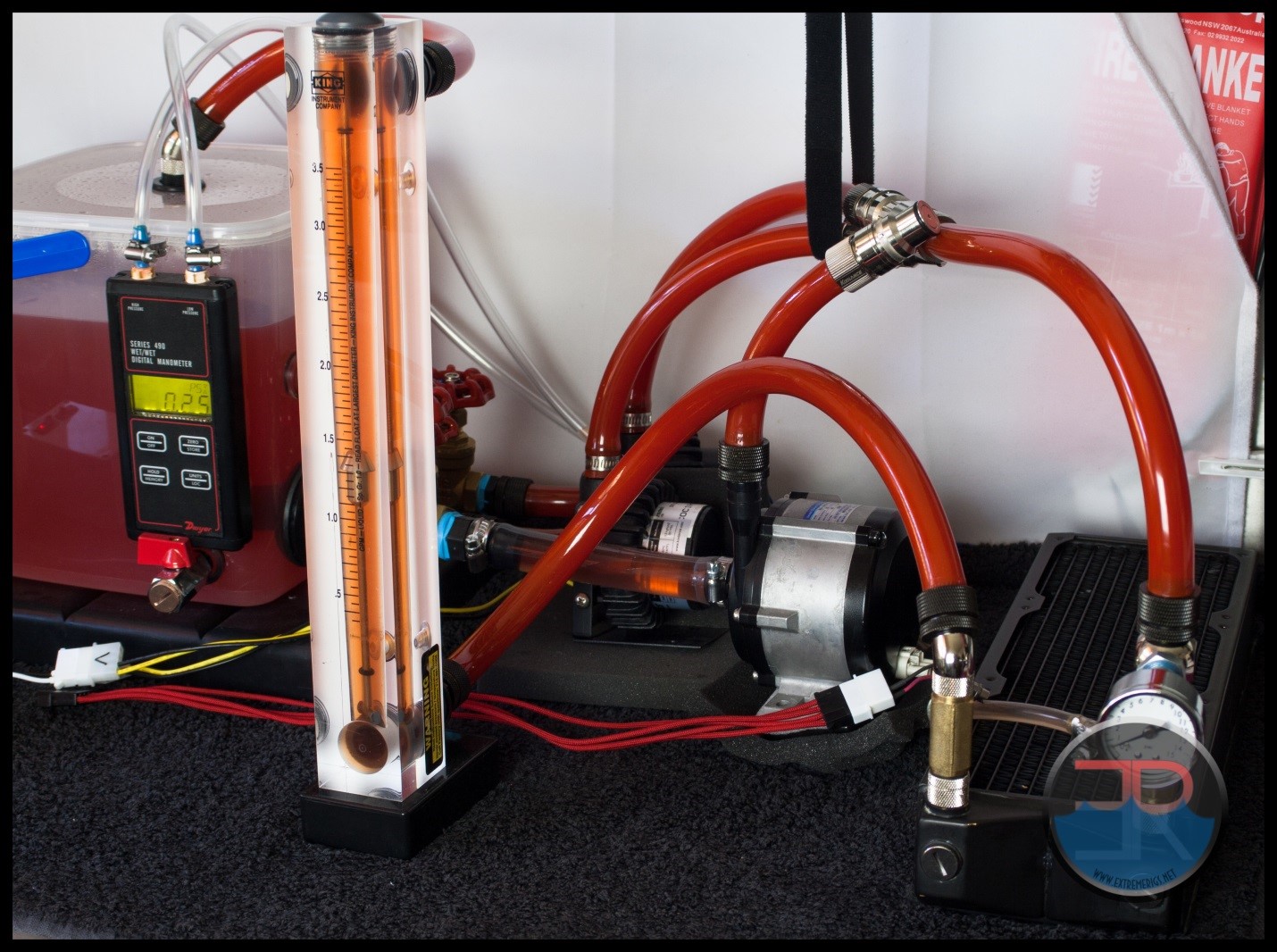
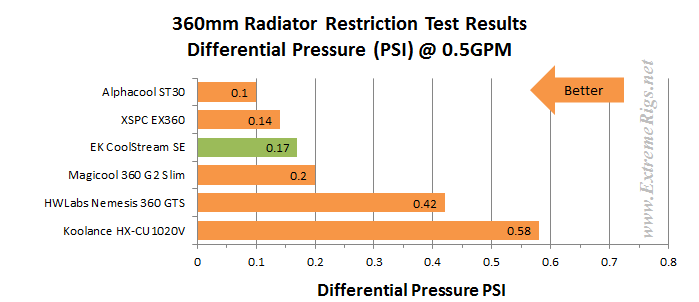
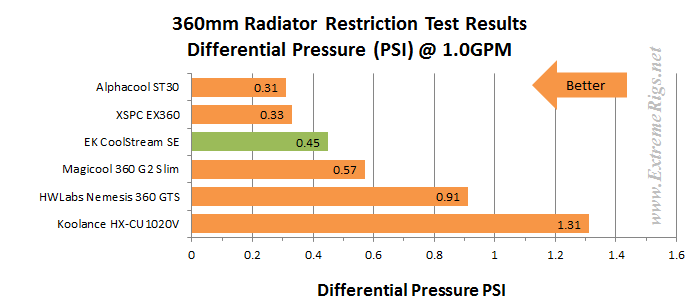
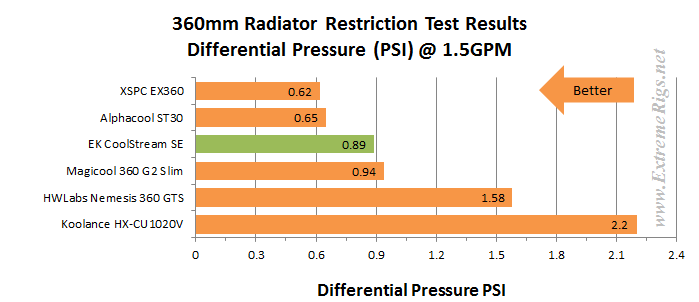
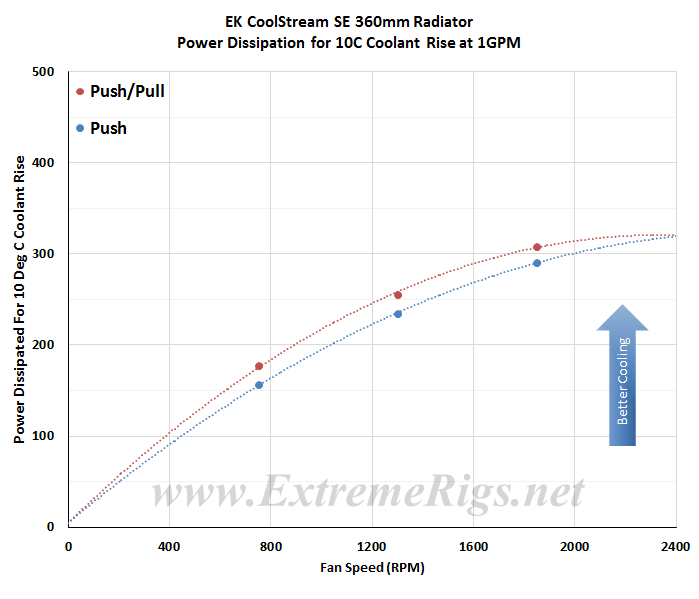
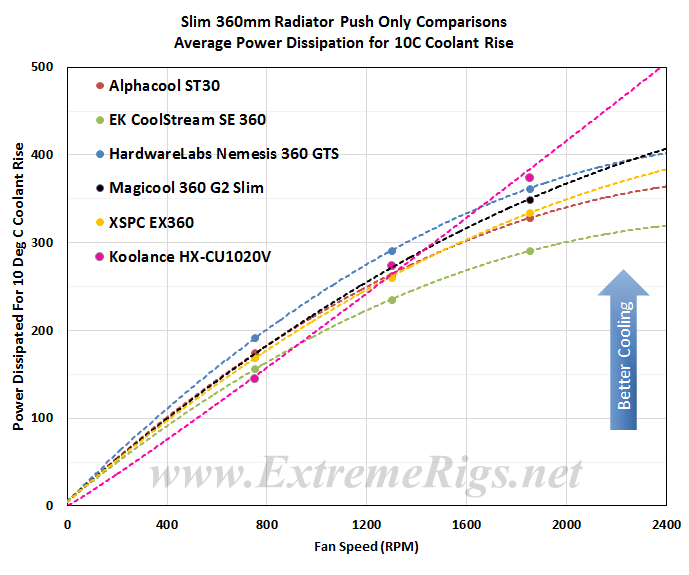
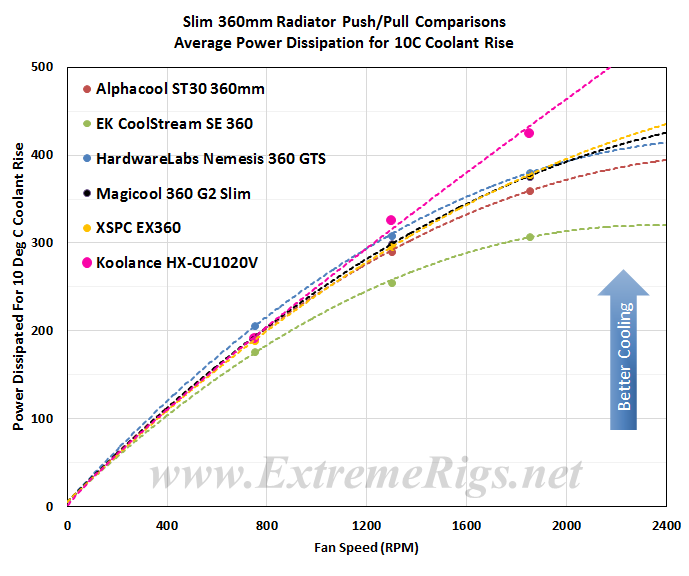
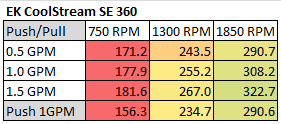
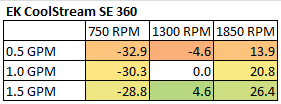
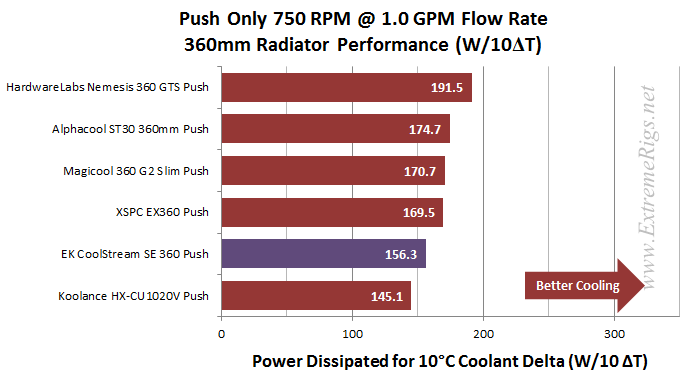
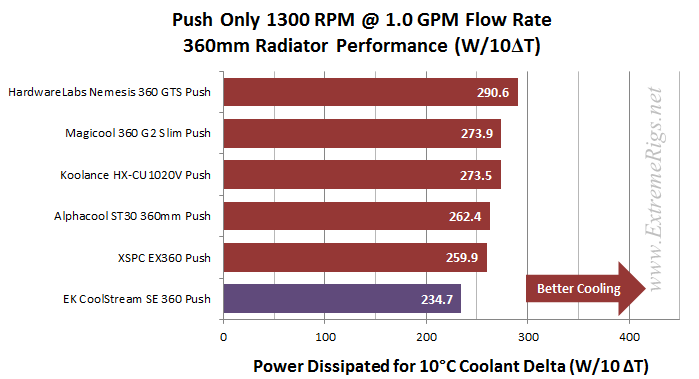
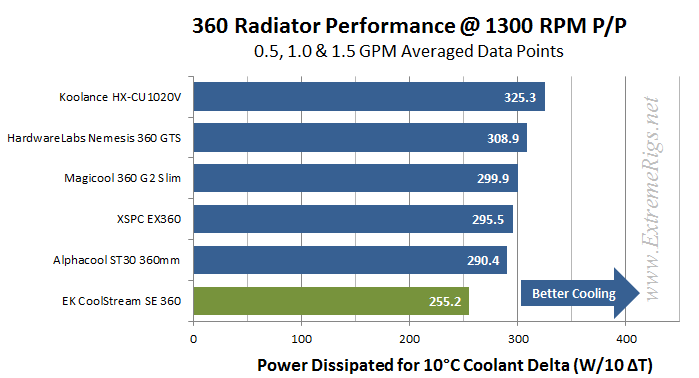
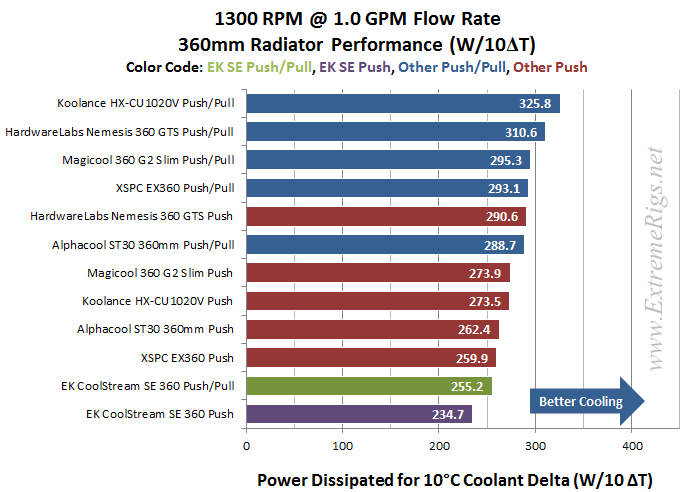
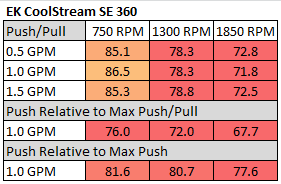
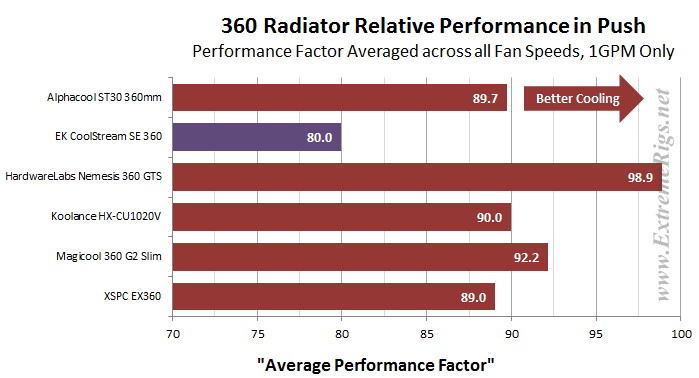
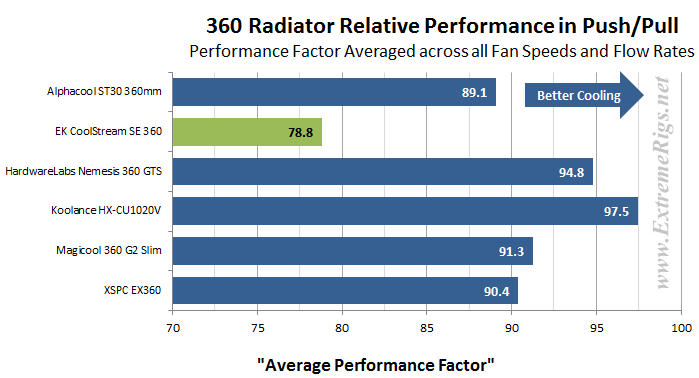
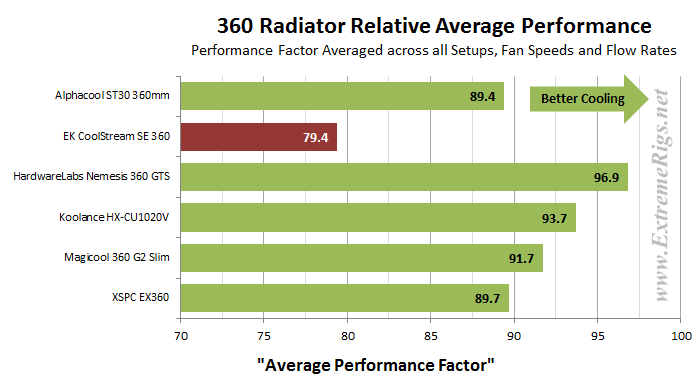




[…] EK CoolStream SE 360mm Radiator Review […]
Thank you for doing this terrific review. It is very useful in the context of the earlier radiator round up you did. Really appreciate the methodology. I am currently choosing slim radiators for a new build; although the Hardware Labs Nemesis GTS series are almost impossible to find in Europe, I think that I will pay up for shipping and customs charges to get a pair sent to me in the UK.
(I’ve tried Hardware Labs importers / retailers in the UK, France, Germany, Italy and the Netherlands: all have terrible stock levels, usually only stocking a few old / superseded models and nowhere like the full range. When I have contacted the UK and Dutch importers to special order two Nemesis GTS they either tried to sell me different radiators that I did not want but which they had in stock, or replied saying we can’t order anything from Hardware Labs for you, or didn’t even bother to reply).
Another great review FF, thanks.
Some surprising results for the SE! Man, I yell ya, I am giving up trying to make predictions. I was concerned that the move to 1.5mms tubes would mean high restriction but it’s really quite reasonable. Quite disappointing thermal results that is hard to understand considering how well it’s thicker brother did.
I guess it just shows how valuable your work is because we just can’t make any assumptions.
Hey Jak,
Yeah this one was pretty low across the board.
I Just finished another 360mm slim rad, it was weaker than the SE with low speed fans, especially in Push Only, but turned out to dominate in the high speed fans because it has a very high FPI count.
I used to try and make predictions, but but doing so can be dangerous, as the predictions can slip easily into assumptions, which in turn tend to make you look for patterns in the data which may or may not end up being there. At this stage you’re questioning the validity of the results, and do a retest, only to get the same results.
Better for sanity’s sake to accurately set the test parameters, and then trust the data that is logged.
Comments are closed.